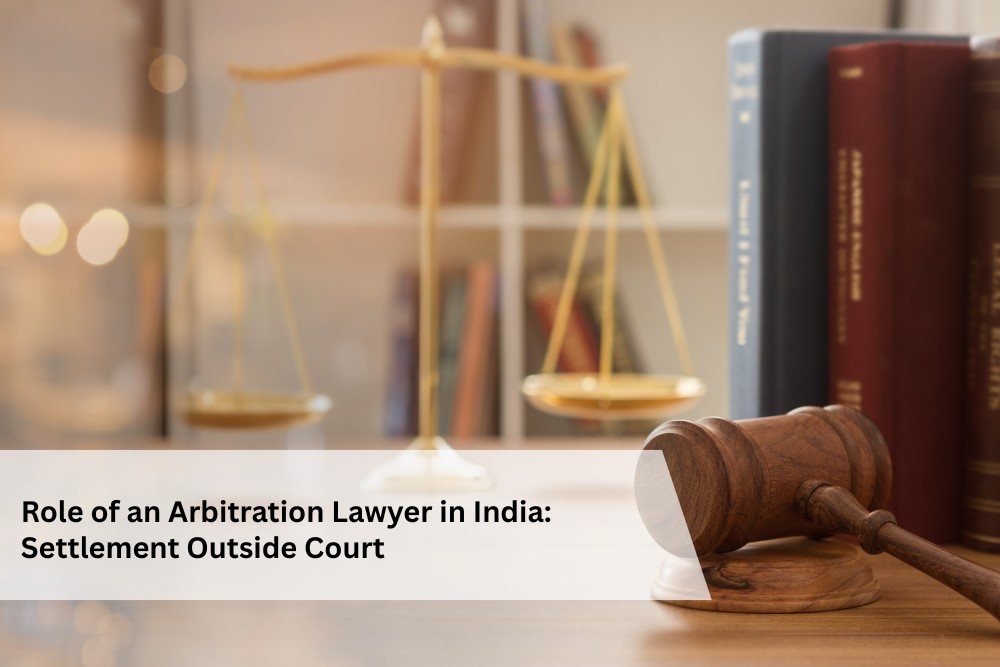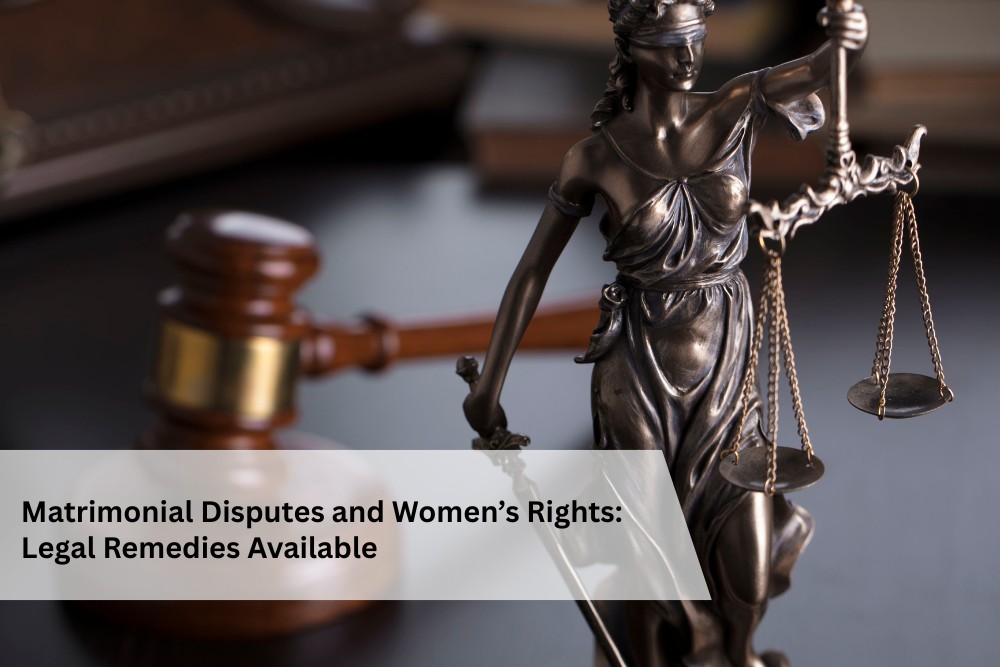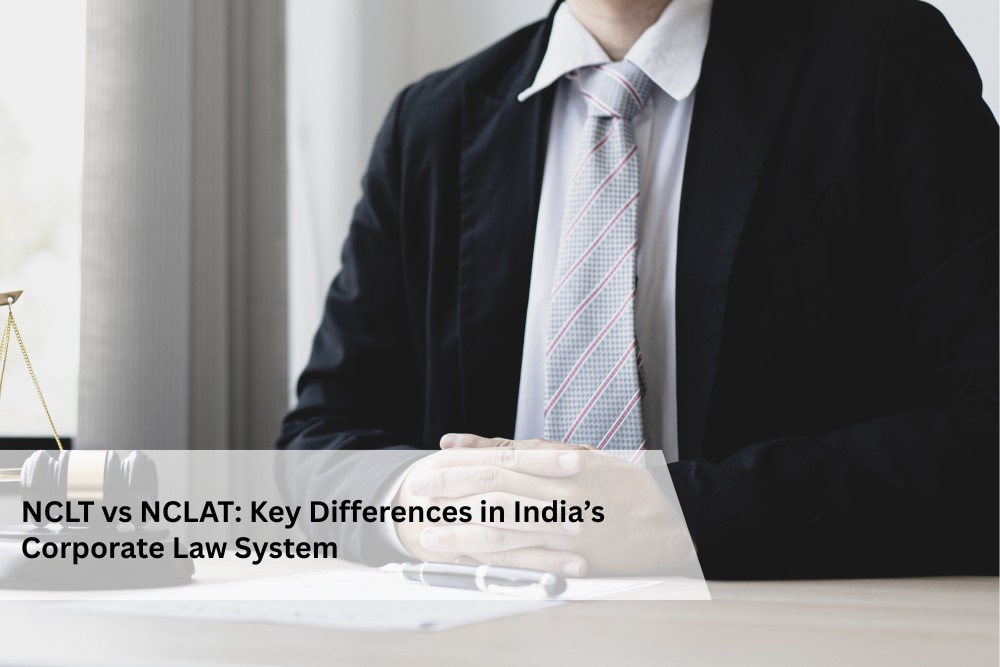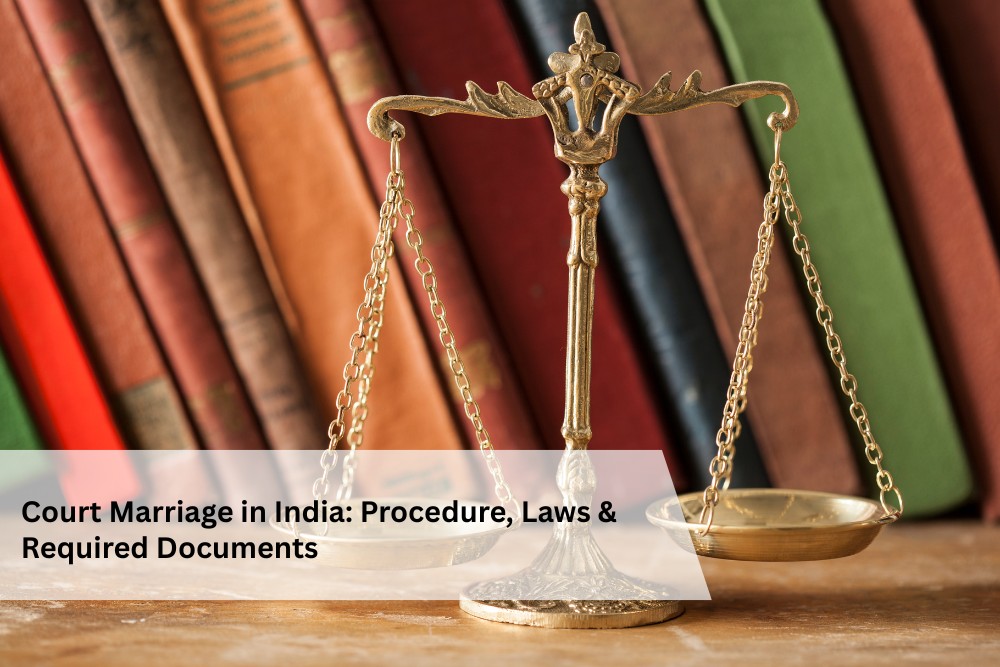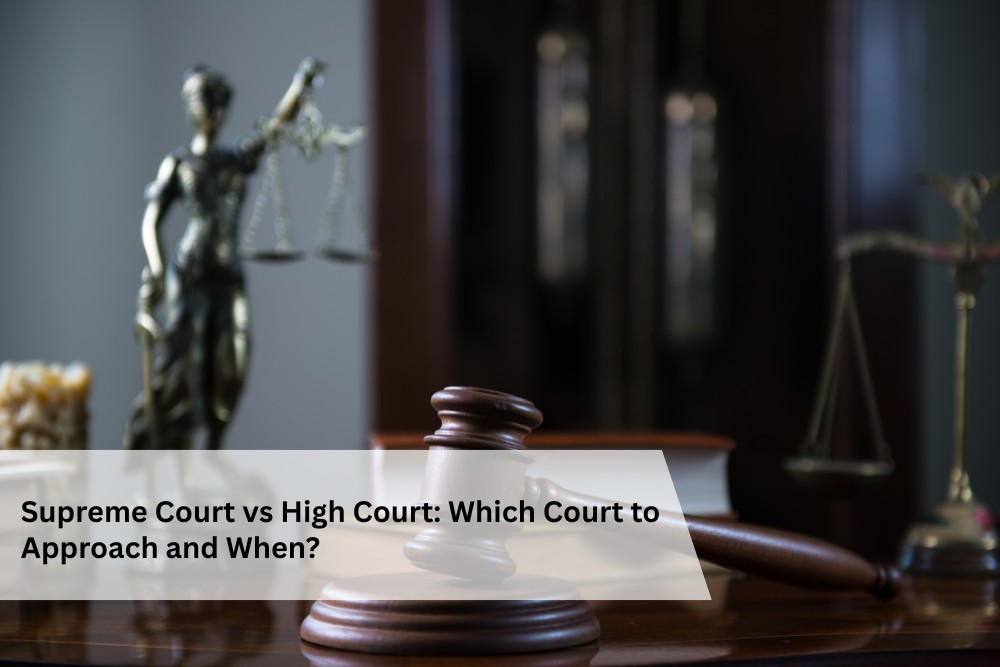
Navigating India’s judicial system can be confusing, especially when deciding whether to approach the High Court or the Supreme Court. Both courts are pillars of justice in India, but they function differently, have different jurisdictions and handle different types of matters.
In this blog, we’ll explain the key differences between the Supreme Court and High Courts, their powers and when a citizen should approach which court.
Structure of Courts in India
India follows a three-tier judicial system:
-
District Courts – Handle civil and criminal cases at the district level.
-
High Courts – The highest courts at the state level.
-
Supreme Court – The highest judicial authority in India.
High Court – Role & Jurisdiction
Each Indian state has a High Court (some are common to two or more states). A High Court has: Original Jurisdiction: In matters such as writ petitions (Article 226), matrimonial cases, company law matters, and more.
-
Appellate Jurisdiction: It hears appeals from lower courts in both civil and criminal matters.
-
Supervisory Jurisdiction: It has the power to supervise district and subordinate courts under its jurisdiction.
When to Approach a High Court
-
For writ petitions (e.g., violation of fundamental rights)
-
Appeals from subordinate courts
-
Divorce and matrimonial cases
-
Company law disputes
-
Quashing of FIRs under Section 482 CrPC
Supreme Court – Role & Jurisdiction
The Supreme Court of India is the apex court, located in New Delhi. It primarily has:
-
Original Jurisdiction: In disputes between the Government of India and one or more states, or between two or more states.
-
Appellate Jurisdiction: Appeals against High Court judgments in civil, criminal and constitutional cases.
-
Advisory Jurisdiction: The President can seek its opinion under Article 143.
-
Writ Jurisdiction: Under Article 32 for enforcement of fundamental rights.
When to Approach the Supreme Court
-
Appeal against any High Court or tribunal decision
-
Public interest litigations (PILs)
-
Constitutional interpretation issues
-
Special Leave Petitions (SLP) under Article 136
-
Matters of national importance
Supreme Court vs High Court – Key Differences
| Jurisdiction | State Level | National Level |
| Location | State capitals | New Delhi |
| Writ Jurisdiction | Article 226 | Article 32 |
| Appeals | From district courts | From High Courts |
| PIL Filing | Allowed | Allowed |
| Number | 25+ High Courts | Only 1 Supreme Court |
How BGD Associates Helps
BGD Associates, based in Delhi, helps clients understand whether their legal issue should be taken to a High Court or the Supreme Court. Their team connects individuals and businesses with experienced advocates practicing in both types of courts—including Delhi High Court and the Supreme Court of India.
From writ petitions to appeals, BGD Associates ensures that the right legal expert handles your matter efficiently and professionally.


